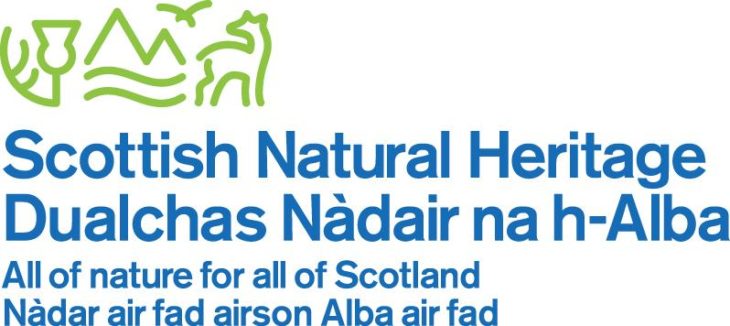Recording wildlife sightings in Assynt – A quick nature walk through Culag Woods
,
The Natural Heritage Data Project was one of the first projects of ours to get going and part of that project was to set up a new website for Assynt Field Club which would let people submit sightings online. The site has been up and running for a year now and has seen a big increase in visitor numbers and lots of sightings have been submitted. So I thought for a blog post I’d go for a quick walk in the woods to show how the reporting system worked. (If you want to skip to reporting click here).
I headed off out of the office and into Culag Woods. I could hear birds tweeting away but couldn’t see them, until 2 chaffinches flew across the path ahead of me – too fast for me to take a picture. After hearing lots more birds but not seeing any I decided I would at least try to find some lichen or fungi to record a sighting of – you don’t have to be quick to get a photo of them! I headed along the access track to an area where trees had been felled some time ago and found an old log with some turkey tail fungus growing on it.
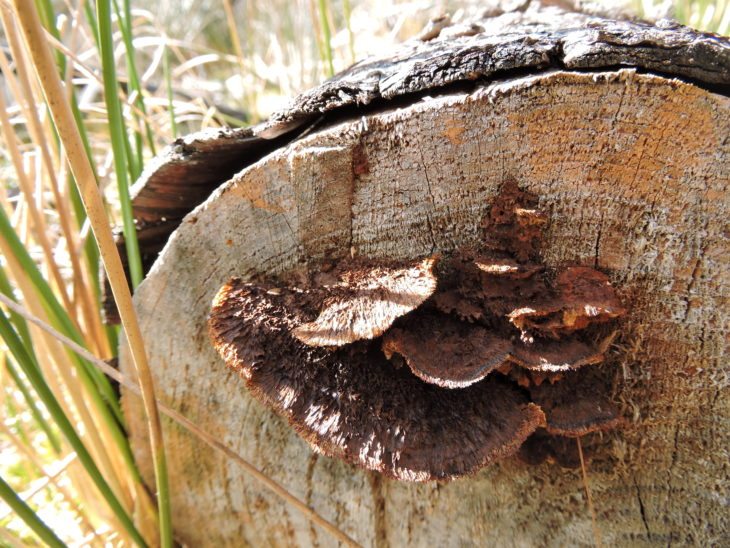
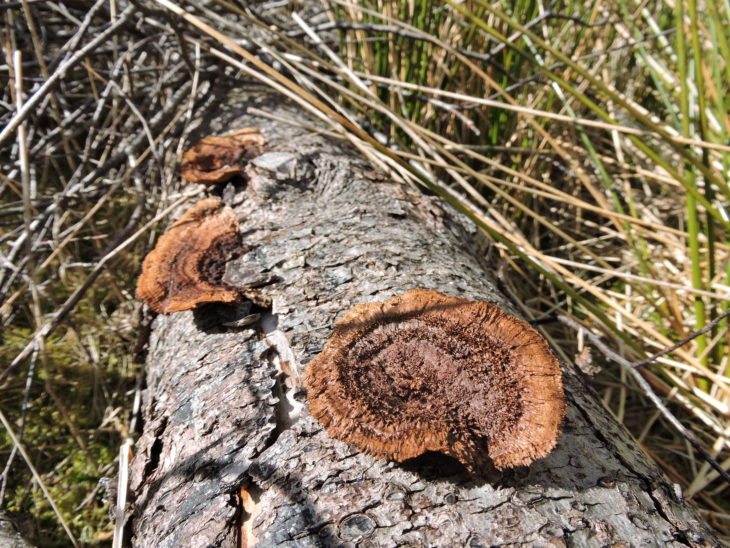
Knowing there were heron nests nearby I looked high up in the trees to see if there were any nesting in the woods at the moment. I saw a nest, but no herons.
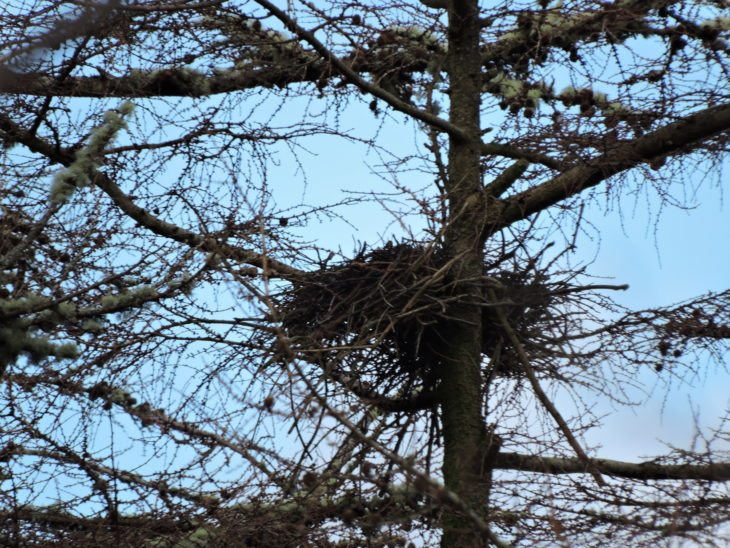
Then I heard a call in the distance – a short high pitched call that sounded like it was very high in the sky. I looked up and in the distance a large solitary bird of prey was circling over the eastern side of the woods. It turns out my bird knowledge needs some work because what I thought was an eagle’s call turns out to be a buzzard, which is the UK’s most common and widespread bird of prey. However it was still much more impressive seeing one flying around in the sky, when most of the time I see them they’re perched on a fence post at the side of the road.
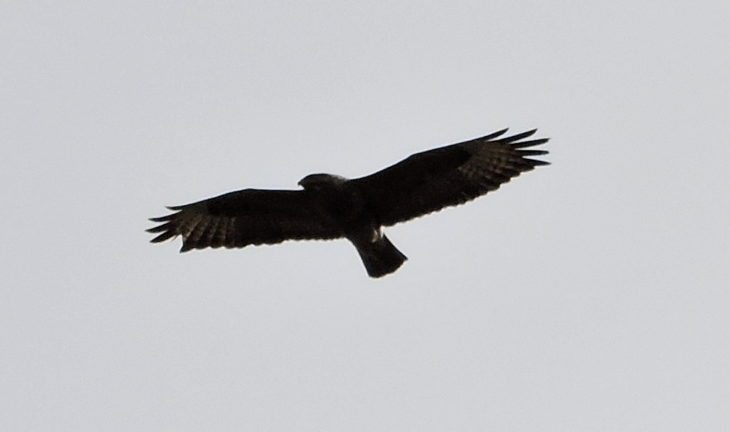
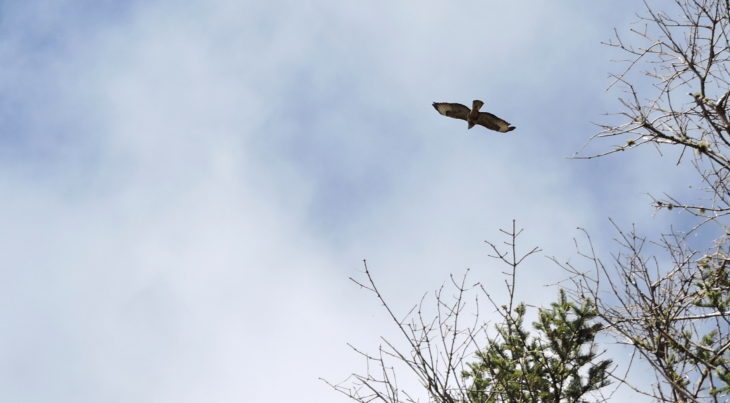
After a few circles around the buzzard vanished from sight and the sounds of other birds came back into the woods. I’m not sure if its because I had been focussing on the buzzards call and blanked out everything else or maybe the other birds had gone silent to avoid being turned into the buzzard’s lunch.
Two small black and white birds, possibly pied wagtails, flew past before I had my camera ready – clearly with the smaller birds like the chaffinches earlier I need to be a bit faster off the mark or take the time to wait for them to come to me rather than the other way around.
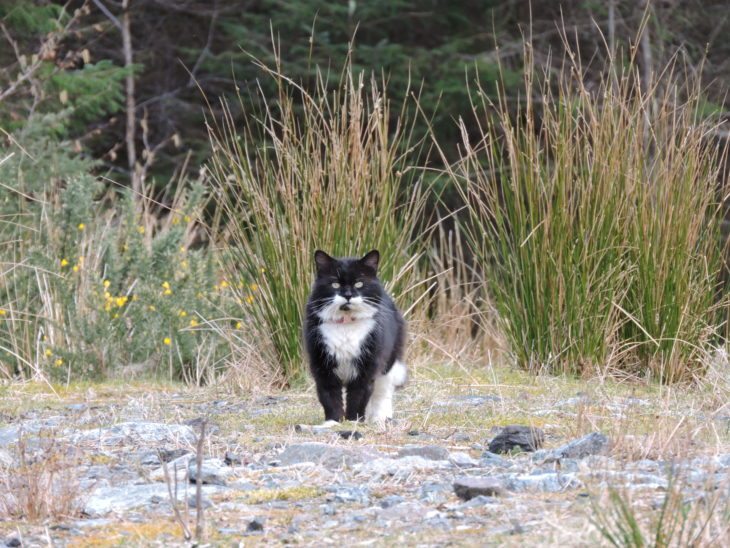
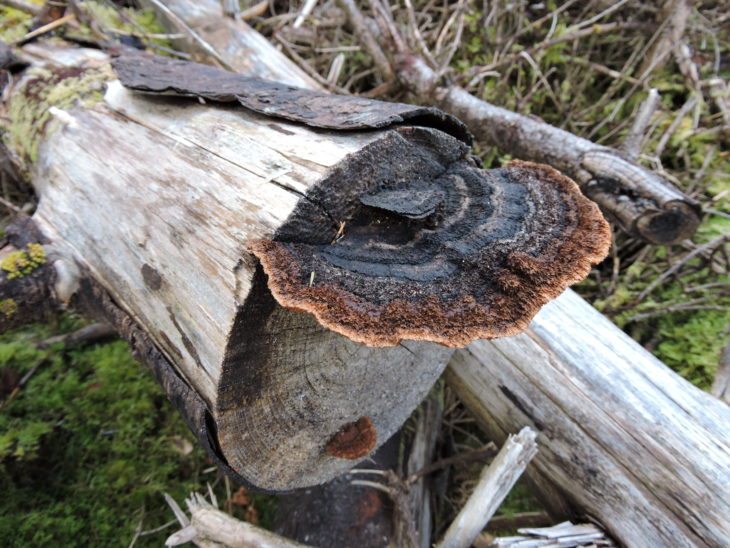
Heading back to the office I spotted some more turkey tail and kept my eyes out for more birds. I could hear birdsong all around but couldn’t see any birds – they sounded like they were up at the tops of the trees. Then next to the main track into the woods I spotted a little robin chirping away, defending his territory from the top of small Sitka spruce.
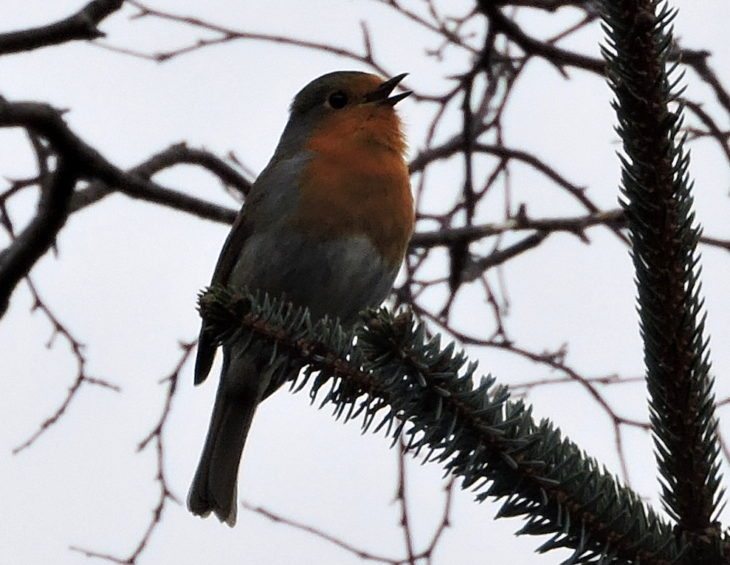
Satisfied with what I’d seen I headed back to record my sightings on the Assynt Field Club website. Flying across the track ahead of me I saw what I first thought was just a seagull but then realised it was grey heron heading back to its nest. I carried on along the track and pointed my binoculars at the trees where I knew the nests where. There standing on its nest was one of Culag Woods’ resident grey herons. Another heron then flew over me – probably the one I’d seen heading towards the nest in the first place.
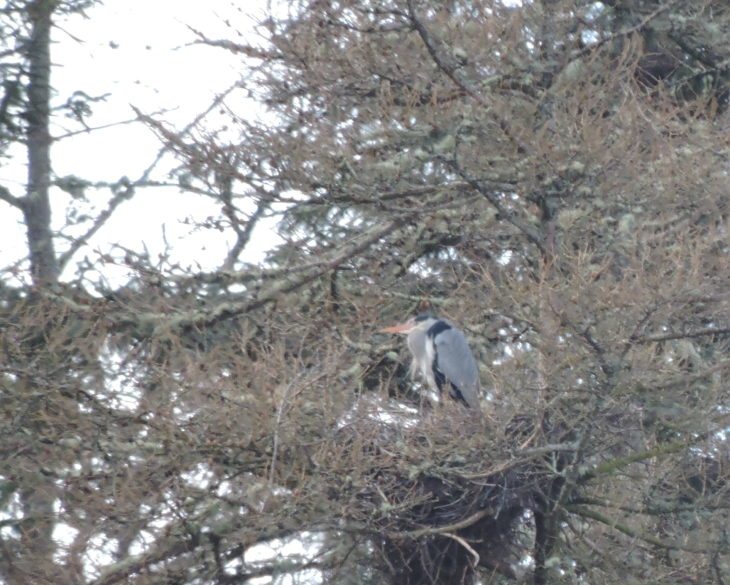
Back in the office I was looking through my photos when Andy Summers, Highlife Highland Senior Countryside Ranger and chair of Assynt Field Club came in. This was fortuitous timing so I asked him about what I’d seen. In the pictures I’d noticed the buzzard seemed to be missing a feather or two from one of its wings and Andy suggested it may be moulting following the winter. He said he’d counted 11 heron nests this year, up from 9 last year though still lower than their all time peak of around 30. He explained that the herons are particularly guarding their nests against hooded crows, who would be after their eggs. In a few weeks time the eggs will hatch and their broken turquoise coloured shells will be found on the ground below the nests. We’ll leave them be for now though!
Reporting sightings
Reporting your sightings on the Assynt Field Club website is really easy. Just go to www.assyntwildlife.org.uk and scroll down on the hope page to the Report a Sighting Form as shown below:
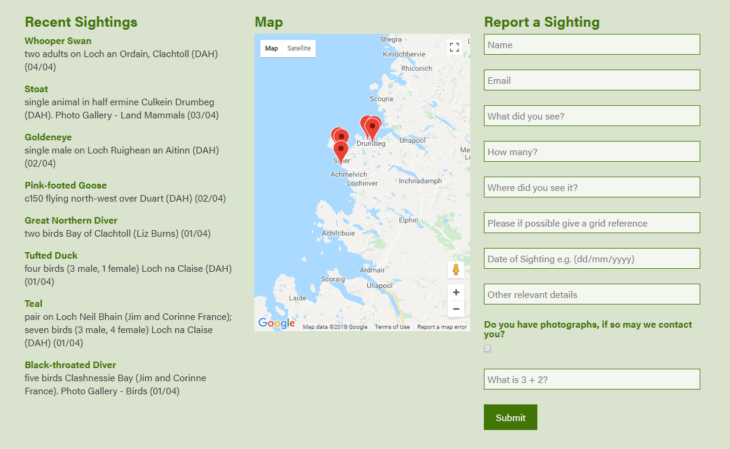
You do need to know what you’ve seen, but there are lots of sites online that can help you identify what you’ve seen. The Assynt Field Club Website itself has lots of pictures and information on all sorts of animal, bird and plantlife found in Assynt. Other useful sites include:
https://www.rspb.org.uk/birds-and-wildlife/wildlife-guides/ RSPB’s wildlife guides, particularly useful for birds
https://www.british-birdsongs.uk/ Sound clips of British birdsongs to help identification
https://www.woodlandtrust.org.uk/visiting-woods/trees-woods-and-wildlife/british-trees/ Woodland Trust guide to trees found in the UK, including native and non-native species
https://hwdt.org/species-index Hebridean Whale & Dolphin Trust identification guide to whales and dolphins found off our shores, including the Gaelic names for them
https://gridreferencefinder.com/ find a grid reference from an online map for sightings submissions
Happy sightings!
The Natural Heritage Data Project is funded by Heritage Lottery Fund and Scottish Natural Heritage

